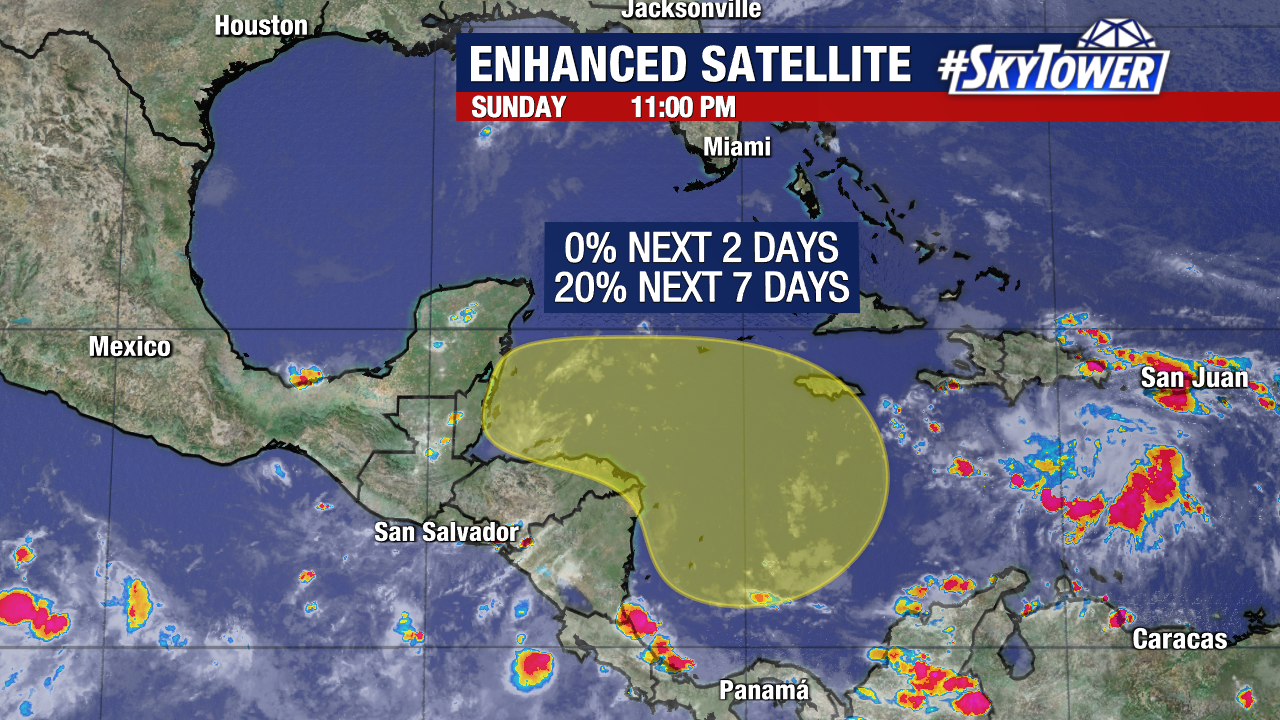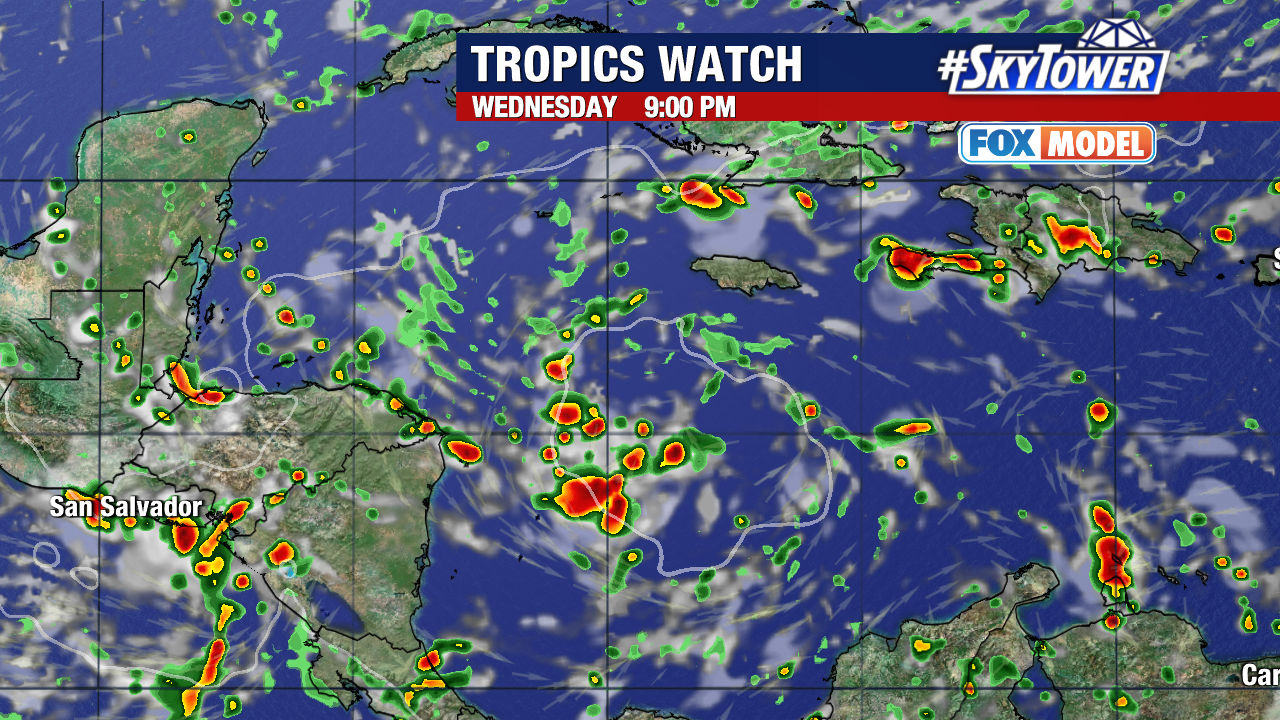Hurricane season is not ready for its curtain call. The area we’ve been watching in the Caribbean Sea now has a very good chance to develop by the end of this week.

Storms are looking more impressive in the central Caribbean along the tropical wave. It’s in an area that will allow for strengthening and a tropical depression likely forms by Friday.

The area is going to generally to move west through the Caribbean Sea in a favorable area for strengthening. Wind shear remains weak as it moves through a moisture rich environment.
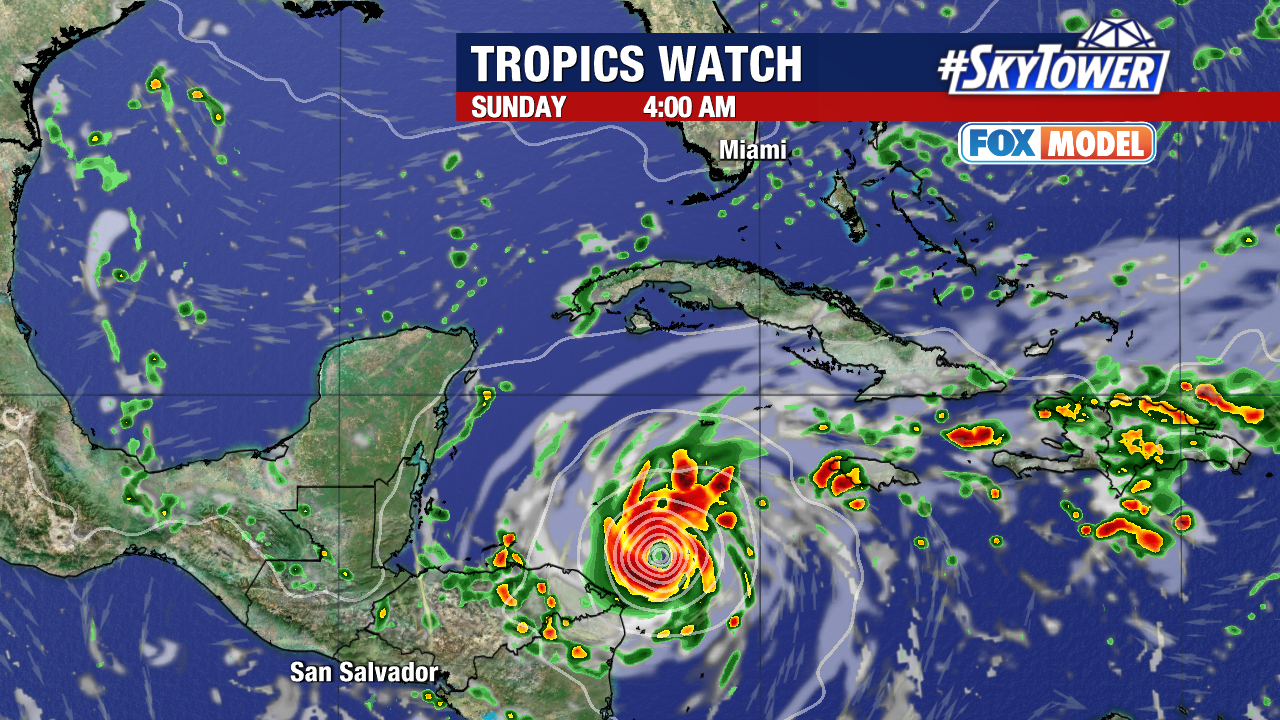
Water temperatures are also well above average for November, offering up plenty of warmth for a tropical system.
The area likely hangs around the western Caribbean over the weekend before slowly starting to move northwest early next week.
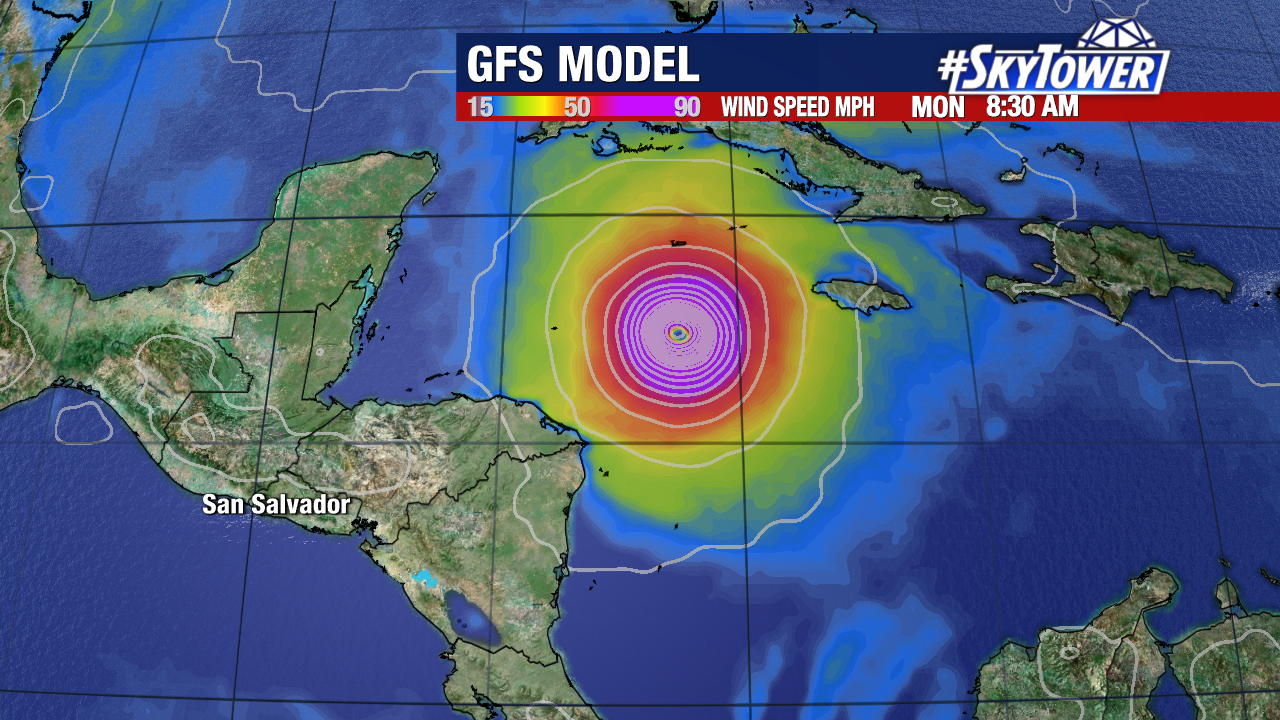
There are several scenarios that could play out and we can’t rule out this moving into the Gulf of Mexico. This late in the season, fall features will play a big role in guiding this storm once it develops.
The next few days, a strong front moving across the south will keep tropical activity confined to the Caribbean.

Where high pressure is, where the dip in the jet stream is, and if there is strong shear in the Gulf will be important early next week once the storm starts moving.
Stay up to date with the forecast. Once a center of circulation forms, the picture will start becoming more clear on the potential track and strength of this storm.
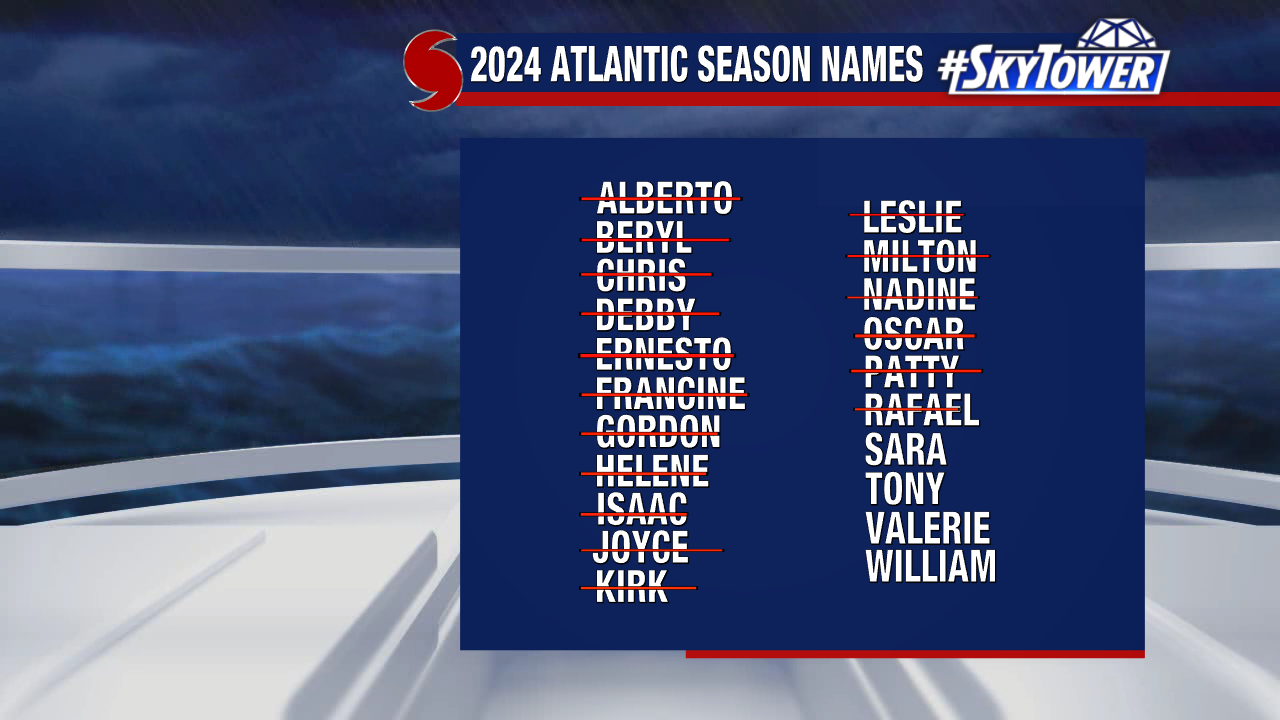
Sara is the next name in line this season. And there is high confidence Sara could form by Friday.

